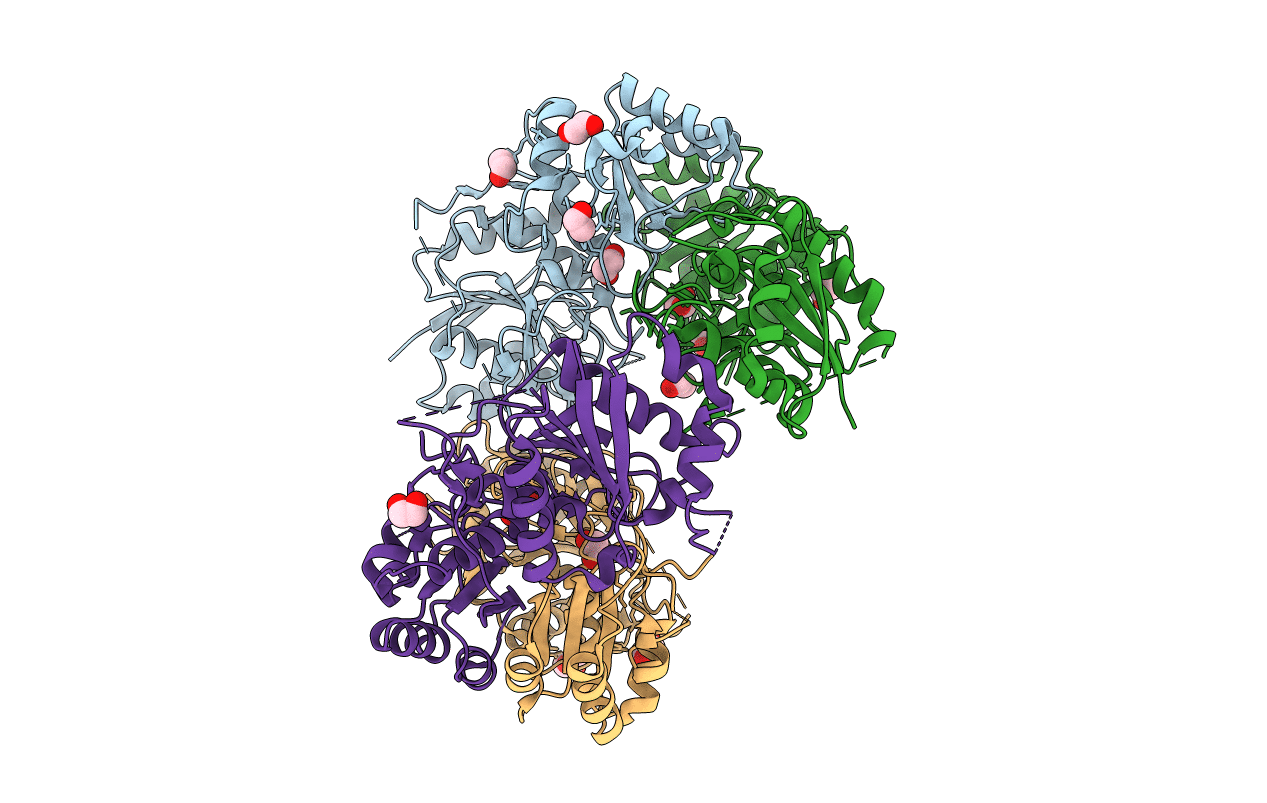
Deposition Date
2021-06-22
Release Date
2022-07-06
Last Version Date
2023-10-25
Entry Detail
PDB ID:
7R69
Keywords:
Title:
Crystal structure of mutant R43D/C273S of L-Asparaginase I from Yersinia pestis
Biological Source:
Source Organism:
Yersinia pestis (Taxon ID: 632)
Host Organism:
Method Details:
Experimental Method:
Resolution:
1.80 Å
R-Value Free:
0.19
R-Value Work:
0.16
R-Value Observed:
0.16
Space Group:
P 1 21 1


